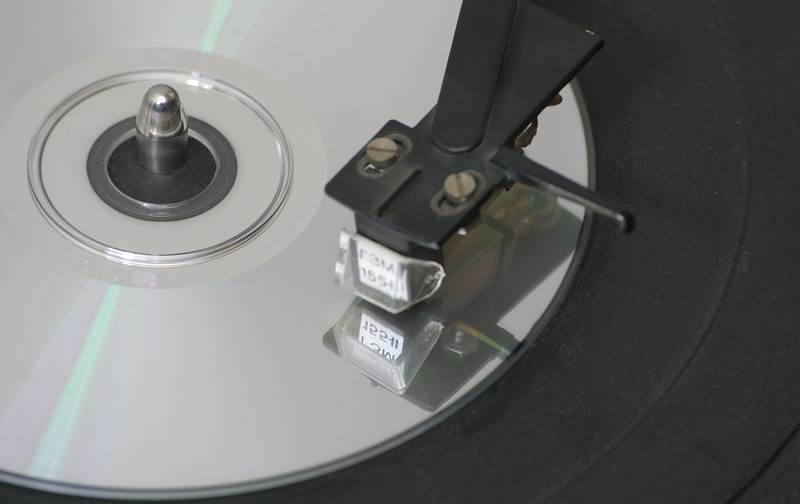
Right before the holidays this past December my CD player died. My venerable Philips DVD963SA that I bought in the Spring of 2004 quit working. After nearly 19 years playing thousands of hours of music, it simply wouldn’t power-up.
I thought it might be a simple fix with a fuse. So, I spent $6.99 for a pack of five on Amazon (I couldn’t find just one). No luck. It was time to say goodbye and I took it to our local recycling center along with some other dead batteries and electronics I had been collecting.
We made it through the holidays using online music services piped into our stereo through an old laptop. Pretty much every CD we own is available on one or more of the services. But I still wanted to replace the CD player since the sound was so much better and I started shopping soon after the first of the year.
So, what did I purchase? Well, a turntable, of course. Yes, I “replaced” my CD player with a turntable. Why? I might say, why not? Where I live in the Twin Cities, we have some of the best used record stores in the nation. It’s just one of the benefits of being a hipster hotspot.
Perhaps it was a bit of sentimentality.
My love of music exploded when I was a teen in the 1980s. By the mid 1980’s I had amassed a collection of over 300 albums. It was fantastic until 1986 when my turntable stopped working. I replaced it with ... a CD player. Apparently, irony sometimes works in reverse.
In addition to my love of music, I also loved new technology. I figured I might as well move on with a technology that changed everything about music. CDs were SO MUCH more convenient than vinyl albums and sounded way better than cassettes. I was all-in and remained that way for nearly four decades.
Buying a new turntable reminded me about all the things I liked about the “ancient” technology like the warmth of the sound and the album cover art. With a turntable, one is forced to interact more with the music. No lengthy playlists are possible, just side A and side B. These are good things for me, and I developed a newfound respect for the past without losing sight of the future.
IT infrastructure is no different. There continues to be value in technologies many have dismissed. My friend and colleague Mike Zwolski wrote about one such technology in January and February this year. He points out tape is not dead and will continue to be the most cost effective and green long-term storage solution.
What else is still around? The mainframe. Yes, the big box that everyone says they want to migrate off next year continues to evolve and modernize. John Duffy, another co-worker who has been working with mainframes since 1981, wrote early this month about modernizing mainframe applications on new IBM mainframes.
As we continue to sell, install, and support new models of respected technologies we are embracing the future of IT in the realms of AI, big data and analytics, and enterprise security.
Larry Gant, the Director of Software Sales with LRS IT Solutions, showed us how AI can impact a sport that has been played in an organized fashion since the 1830’s – baseball.
Steve Cavolick, LRS Senior Data and Analytics Solution Architect, has given us some insight into how big data and analytics factors into something more than 3000 years old – insurance.
Responding to the ever-evolving threats is our team of seasoned security experts. Patrick Dolan, an IBM Security Software Specialist with LRS, taught us that ANY organization can be the target of a cyberattack - even manufacturing.
Want to hear more? LRS IT Solutions is ready to address your information technology needs whether they are from the past, looking toward the future, or both. Contact us to find out how.
Speaking of both. . . I am still looking for a new CD player, but for the moment I am really enjoying my vinyl (and Spotify membership).
About the Author
Patrick Schmidt is a Technology Lifecycle Management Specialist with LRS IT Solutions. For more than 25 years, he has been helping customers get a firm grasp on their asset and contract management with a combination of comprehensive service level analysis and lifecycle management best practices.